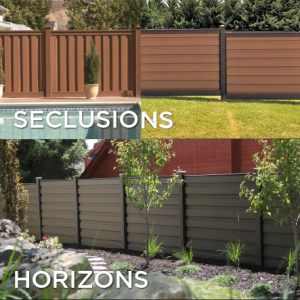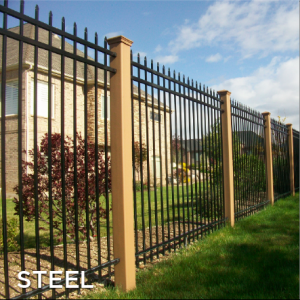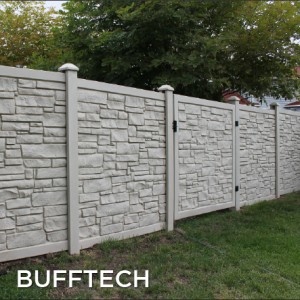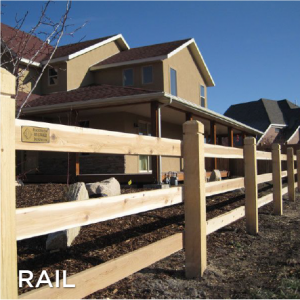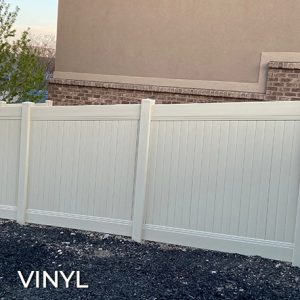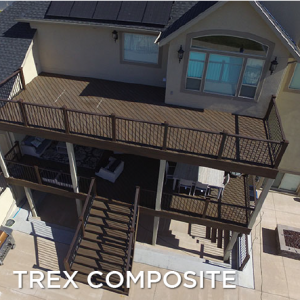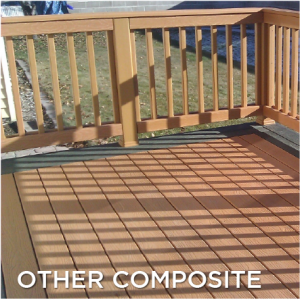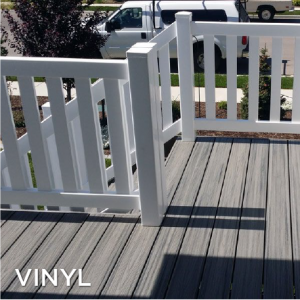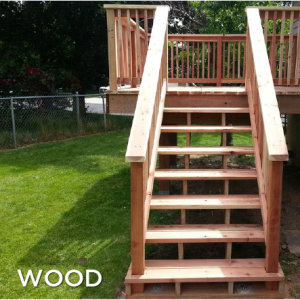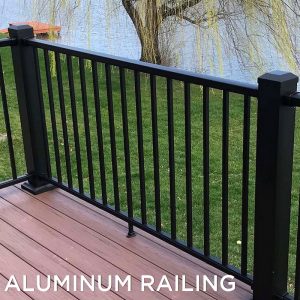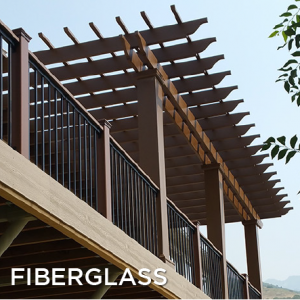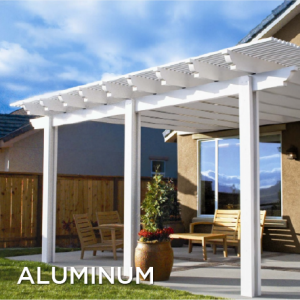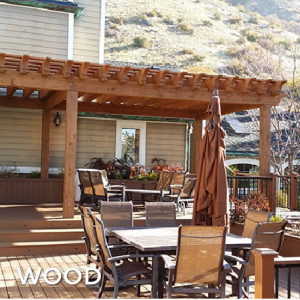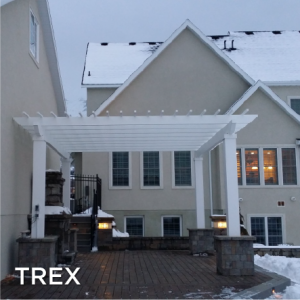Springville Cedar Fence Materials and Installation
Cedar is a popular choice for fencing materials in Springville due to its numerous benefits and natural beauty. In this article, we will explore the advantages of using cedar for fencing, the different types of cedar wood available, the essential materials for installation, step-by-step guide to installation, maintenance tips, and the option to hire professionals for cedar fence installation. Whether you are a homeowner looking to install a new fence or a contractor seeking information about cedar fencing, this comprehensive guide will provide you with the knowledge you need.
Understanding Cedar as a Fencing Material
Cedar has long been favored for its durability and resistance to decay, making it an excellent choice for outdoor applications such as fences. This wood species naturally contains oils that act as preservatives, protecting it from moisture and insect damage.
When it comes to choosing the right material for your fence, cedar offers numerous benefits that set it apart from other options. Not only does it possess exceptional strength and longevity, but it also boasts a beautiful appearance that adds value and charm to any property.
Benefits of Cedar for Fencing
One of the notable benefits of cedar is its natural resistance to rot, decay, and insect infestation. This can significantly prolong the lifespan of your fence, saving you time and money on repairs or replacement in the long run. Unlike other wood species that require regular treatments or chemical coatings to maintain their durability, cedar stands strong on its own, thanks to its inherent properties.
Additionally, cedar has a unique aroma that acts as a natural deterrent to certain pests, further enhancing its durability. The scent of cedar is pleasant to humans but repels insects, making it an ideal choice for those who want to keep their outdoor spaces bug-free without relying on harmful chemicals.
Another advantage of using cedar for fencing is its aesthetic appeal. The warm, reddish-brown tones of cedar create a natural and timeless look that complements various architectural styles. Whether your property features a modern design or a classic one, a cedar fence can seamlessly blend in and enhance the overall visual appeal.
Over time, cedar fences develop a silver-gray patina, adding character and charm to your property. This weathering process not only enhances the natural beauty of the wood but also adds a rustic touch that many homeowners find appealing. If you prefer to maintain the original color of cedar, regular staining or sealing can help preserve its warm hues.
Types of Cedar Wood for Fencing
There are several types of cedar wood commonly used for fencing, including Western Red Cedar, Eastern White Cedar, and Incense Cedar. Each type has its own characteristics and suitability for different climates and environments.
Western Red Cedar, known for its rich color and dimensional stability, is widely preferred for fencing purposes. This type of cedar is native to the Pacific Northwest and is highly resistant to warping, twisting, and shrinking. Its natural oils make it less prone to moisture absorption, ensuring that your fence remains strong and intact even in wet or humid conditions.
Eastern White Cedar, on the other hand, is a popular choice for those living in the northeastern United States. This cedar variety is known for its exceptional durability and resistance to decay, making it an excellent option for regions with harsh winters and high levels of moisture.
Incense Cedar, also known as Calocedrus decurrens, is native to the western United States. While it may not be as commonly used for fencing as Western Red Cedar or Eastern White Cedar, it still offers excellent durability and a unique reddish-brown color that adds a touch of elegance to any outdoor space.
When selecting the type of cedar wood for your fence, it’s essential to consider your local climate, the desired appearance, and the level of maintenance you’re willing to undertake. Consulting with a professional can help you make an informed decision and ensure that your cedar fence meets your specific needs and preferences.
Essential Materials for Cedar Fence Installation
Before you begin the installation process, it is essential to gather all the necessary materials. Here are some materials you will typically need:
Tools Required for Cedar Fence Installation
- Post hole digger
- Level
- Tape measure
- Circular saw
- Drill
- Hammer
- Nail gun
Safety Equipment for Cedar Fence Installation
- Safety gloves
- Protective eyewear
- Dust mask
- Ear protection
- Knee pads
Step-by-Step Guide to Cedar Fence Installation
Now that you have gathered all the necessary materials, it’s time to begin the installation process. Follow these steps:
Preparing the Ground for Installation
- Start by marking the location of your fence using stakes and string.
- Clear any vegetation or debris from the area.
- Use a post hole digger to dig holes for the fence posts, ensuring they are evenly spaced and at the desired depth.
- Fill the holes with gravel for drainage and stability.
Setting up Cedar Fence Posts
- Place a cedar fence post in each hole and ensure they are level and plumb.
- Backfill the holes with soil, tamping it down firmly.
- Check the alignment and adjust if necessary.
Attaching Cedar Fence Panels
- Attach the cedar fence panels to the posts using nails or screws.
- Ensure the panels are level and evenly spaced.
- Trim any excess material if needed.
- Continue this process until all panels are attached.
Maintenance Tips for Cedar Fences
Even though cedar is naturally resistant to decay, regular maintenance can help prolong its lifespan and maintain its appearance. Here are some maintenance tips:
Cleaning and Sealing Cedar Fences
To remove dirt, grime, and mildew from your cedar fence, use a mild detergent and a soft brush or sponge. Rinse the fence thoroughly with water after cleaning. Applying a sealer or stain can help protect the wood from UV damage, moisture, and color fading. Follow the manufacturer’s instructions for the specific product you choose.
Regular Inspection and Repair
Periodically inspect your cedar fence for any signs of damage, such as loose boards, cracked panels, or loose fasteners. Promptly repair or replace any damaged components to prevent further deterioration.
Hiring Professionals for Cedar Fence Installation in Springville
While DIY installation can be a rewarding project, some homeowners prefer to hire professionals for cedar fence installation. Here are a few factors to consider when choosing a fence installation company:
What to Look for in a Fence Installation Company
- Experience and reputation
- License and insurance
- Portfolio of previous projects
- Customer reviews and testimonials
- Written estimate and contract
Cost of Professional Cedar Fence Installation
The cost of professional cedar fence installation may vary depending on factors such as the size and complexity of the project, the type of cedar wood used, and the local labor rates. It is recommended to obtain multiple quotes from different contractors to compare prices and ensure you are getting a fair deal.
With this comprehensive guide to Springville cedar fence materials and installation, you now have the knowledge and tools to embark on your own cedar fence project or make an informed decision when hiring professionals. Whether you choose to install the fence yourself or leave it to the experts, a cedar fence will enhance the beauty and value of your property for years to come.
